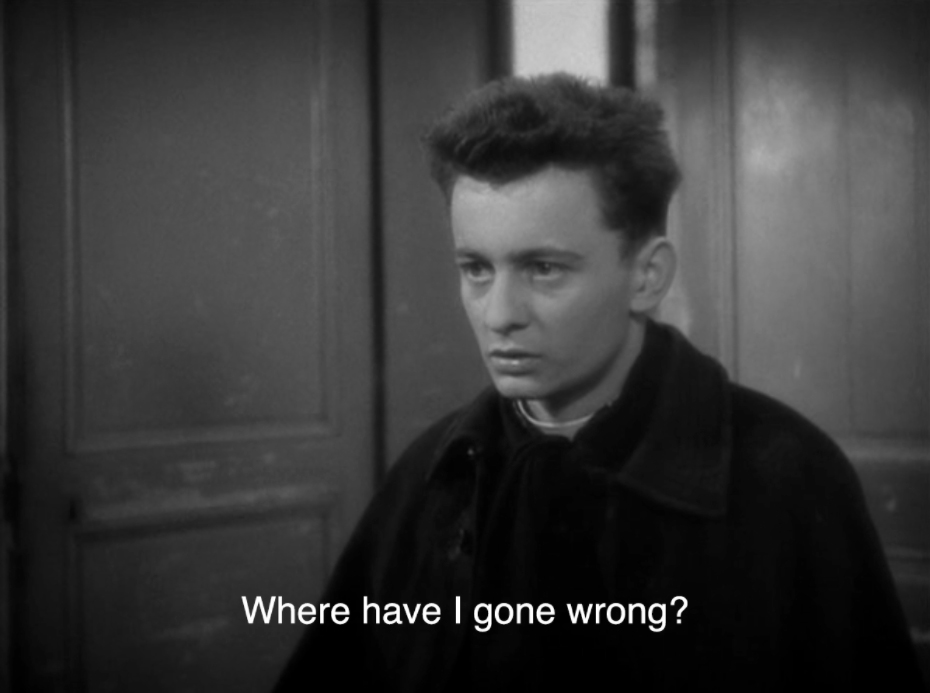Sabzian is a free online magazine that relies on the work of a group of dedicated volunteers.
We could use your support. Please consider a donation!
SUPPORT
Sabzian est un magazine en ligne gratuit qui dépend du travail d’un groupe de bénévoles dévoués.
Votre soutien nous aide beaucoup. Pensez à faire un don !
SUPPORT
Sabzian is een gratis online magazine dat afhankelijk is van het werk van een groep toegewijde vrijwilligers.
We kunnen uw steun goed gebruiken. Overweeg een donatie!
SUPPORT
